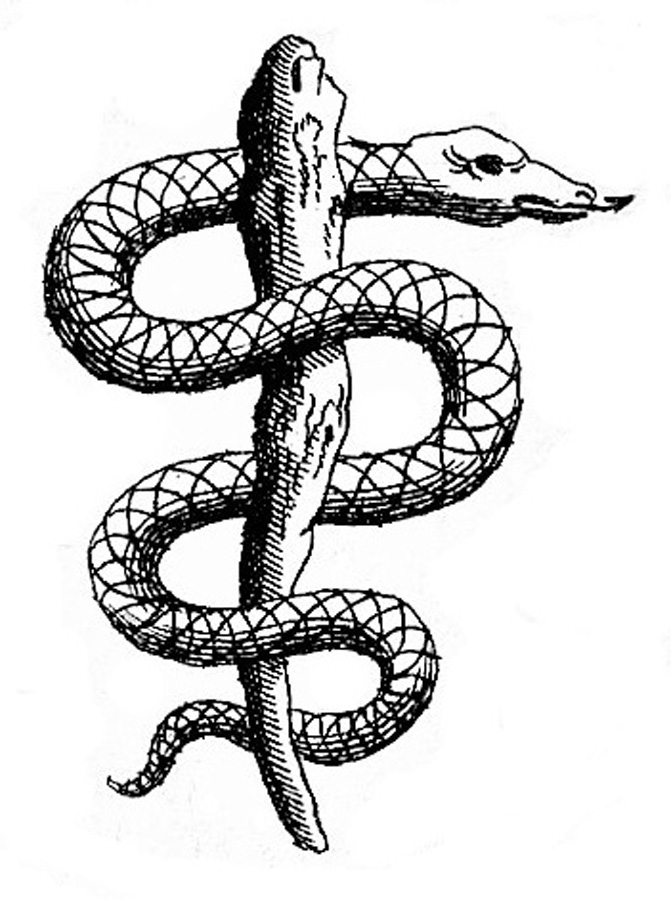3/4 leather binding
1775 · Toulouse
by Vieussens, Raymond
Toulouse: Jean-Jacques Robert, 1775. New edition.
MAGNIFICENT 18TH CENTURY EDITION OF VIEUSSENS' CELEBRATED ATLAS OF NEUROANATOMY WITH LARGE FOLDING ENGRAVED PLATES.
20 x 26 cm quarto hardcover, contemporary marbled paper covered boards, vellum tips to corners, leather spine with gilt black leather title label, gilt compartments, xv, 217, [3], 30 plates, 19 of which are folding, 2 extending to 112 cm with multiple mounted leaves. Plate VII inscribed, "J.D. Coulet sculpsit a Toulouse les 30 planches," Plate IX: "J.D. Coulet Parisiens sculpsit." The plates are remarkably bold impressions on heavy paper. Covers clean with light wear, abrasion to (truncated)
MAGNIFICENT 18TH CENTURY EDITION OF VIEUSSENS' CELEBRATED ATLAS OF NEUROANATOMY WITH LARGE FOLDING ENGRAVED PLATES.
20 x 26 cm quarto hardcover, contemporary marbled paper covered boards, vellum tips to corners, leather spine with gilt black leather title label, gilt compartments, xv, 217, [3], 30 plates, 19 of which are folding, 2 extending to 112 cm with multiple mounted leaves. Plate VII inscribed, "J.D. Coulet sculpsit a Toulouse les 30 planches," Plate IX: "J.D. Coulet Parisiens sculpsit." The plates are remarkably bold impressions on heavy paper. Covers clean with light wear, abrasion to (truncated)














![100+ ANATOMIC ENGRAVINGS. Thomae Bartholini anatome ex omnium veterum recentiorumque observationibus : imprimis institutionibus b. m. parentis Caspari Bartholini, ad circulationem Harvejanam, et vasa lymphatica quartum renovate, cum iconibus novis & inducibus [The anatomy of Thomas Bartholin comprising all the early and current observations: including the work of the father Caspar Bartholin, the circulation of Harvey, and the fourth revision of the lymphatic vessels, with new illustrations and descriptions]](https://d3525k1ryd2155.cloudfront.net/h/290/807/1666807290.0.m.jpg)